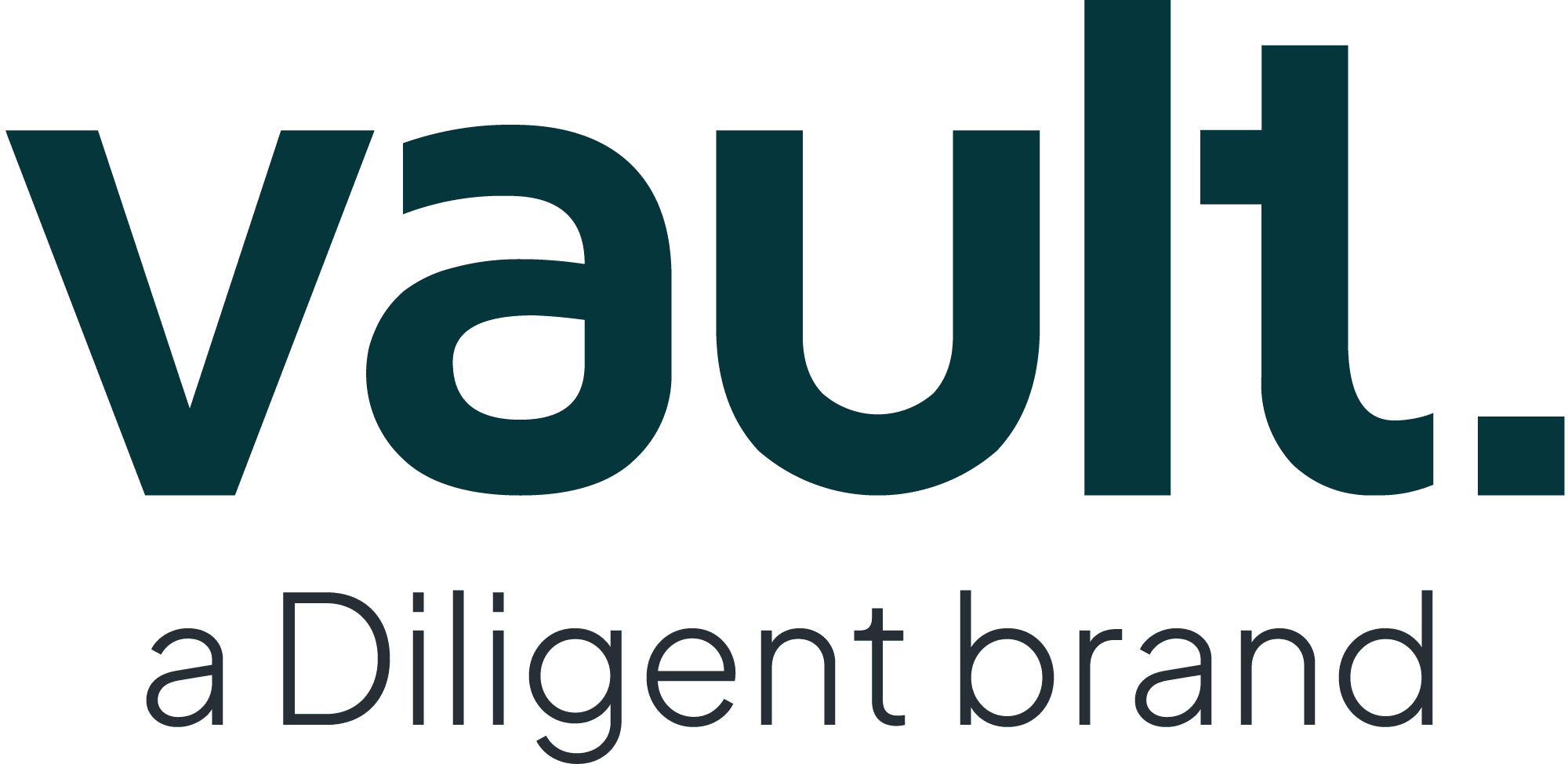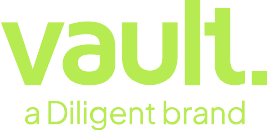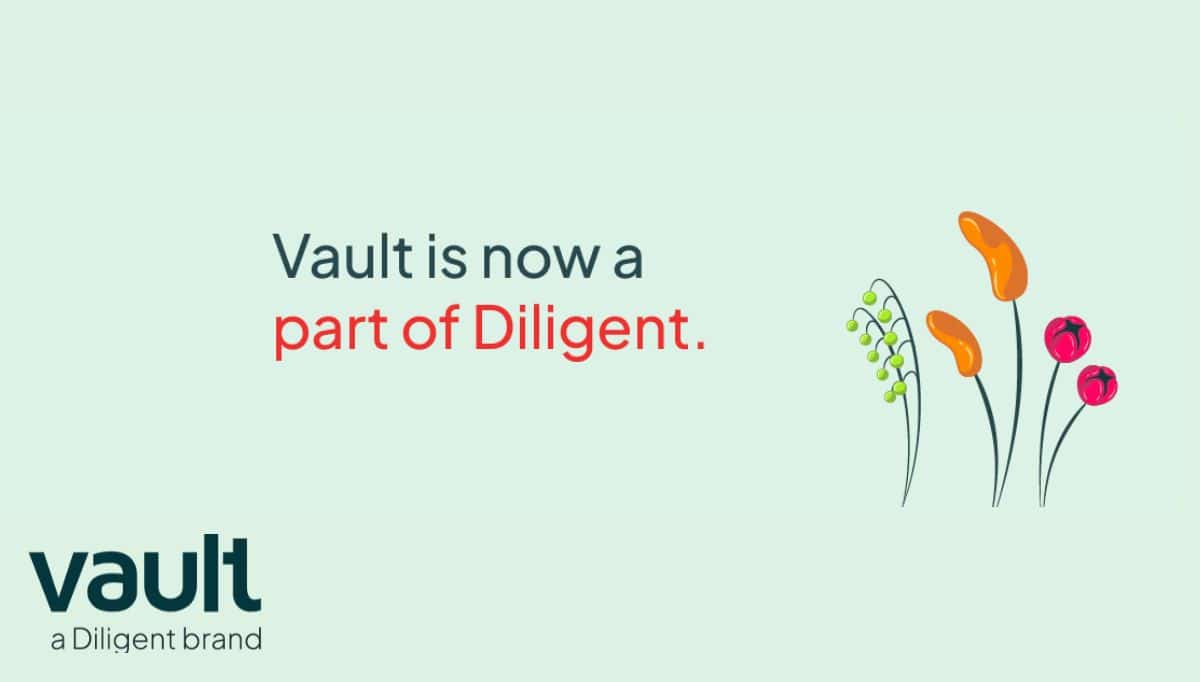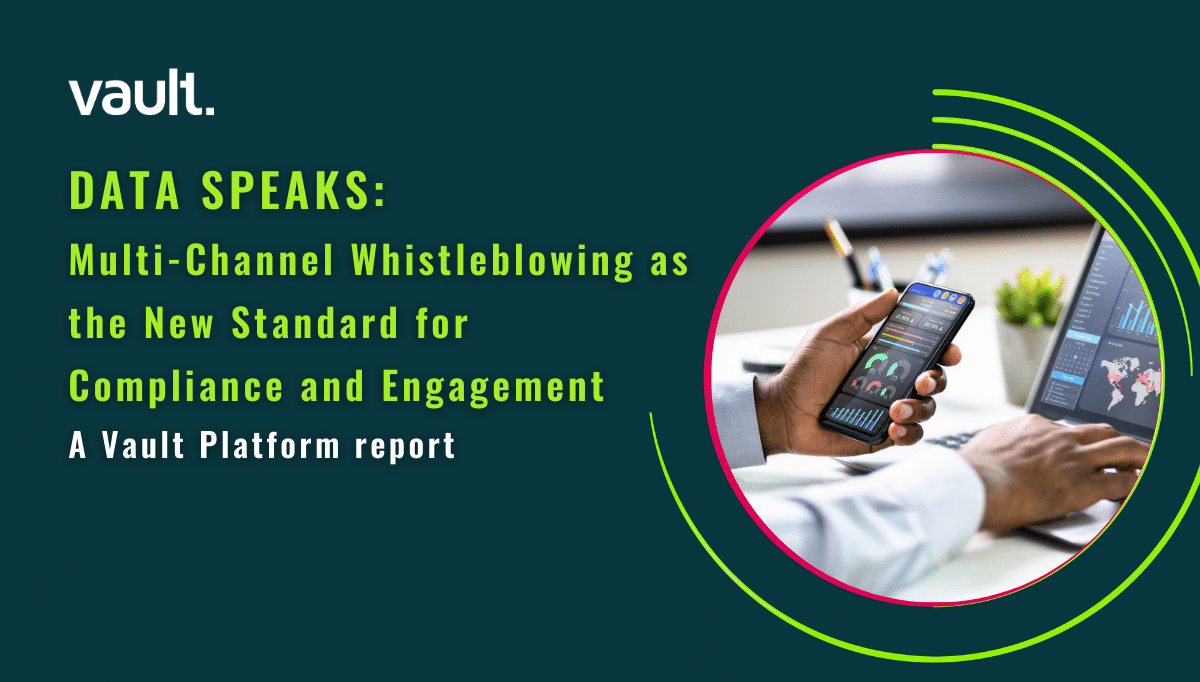The perennial problem for stakeholders responsible for organizational behavior – HR, Compliance and the like – is getting the people who know when something is wrong to tell you about it.
Creating a culture where employees will voluntarily come forward and inform the business of perceived misconduct, wherever it is on the spectrum from bullying and harassment through to bribery and corruption, is not an easy task and certainly not one that can be solved by policies alone or by archaic tools.
Policies are important, as are the tools for enabling those policies. But you also need adoption of said policies from a top-down and bottom-up approach, supported by examples set by leadership that it’s safe to use the tools to surface concerns.
Where leadership sets a bad example, at worst rank and file employees follow suit, at best they turn a blind eye. In the Global Business Ethics Survey 2020, from the Ethics and Compliance Initiative (ECI), globally, more than one in every five employees feels pressure to compromise their organization’s ethics standards, policies, or the law.
Furthermore, employees who feel under pressure are about 2x more likely to observe misconduct in their workplace than those who don’t feel under pressure, which would suggest that leaders at companies expected to perform at any cost, pass that same ethos on to rank and file employees in their respective work environments.
We get some insight into this from a high profile ethics case that’s been in and out of the media for several years now. After the 2015 admission that it rigged the emissions tests for millions of vehicles worldwide, Volkswagen has recently revealed findings from a multi-year investigation and issued an update on its wide-reaching cultural transformation.
An article in the WSJ identifies a “culture of tolerance” for rule-breaking at the German car manufacturer that allowed the deception to continue for a decade. During the investigation when employees were asked to come forward with information, as well as preceding the scandal, Volkswagen relied on a hotline for reporting such violations. But even by the Board’s own admission, the whistleblower program wasn’t very employee-friendly, as it only accommodated two main languages—German and English, for a global enterprise with more than 600,000 people—and employees often had to wait 20 minutes in a queue to leave a tip.
There was also general confusion as to whether the hotline was meant for cultural indiscretions, technical issues or violations of the regulatory framework. This is a common challenge faced by large organizations where compliance and people functions are meeting at the intersection of culture.
During a virtual shareholder meeting this week, Volkswagen CEO Herbert Diess said the objective is “more transparency, a more open culture of discussion, more accountability.”
The company said it is making improvements to workplace culture, by improving its whistleblower program and setting up a network of compliance officers within each business section. It’s also good to see the CEO recognizes that “Integrity is not a project with a beginning and an ending, but rather an ongoing risk.”
Part of this process is keeping abreast of new ways to enable employees to Speak Up and for the business to listen. As VW identified, incumbent mechanisms often don’t fit the purpose in terms of useability even if they do tick a compliance box.
Silence and ambiguity are the enemies of integrity and the reality is that the subject of ethics has taken its turn dominating the international press even alongside major events such as the global pandemic as employees become increasingly vocal about injustices perpetrated by their workplace or employer. Those that have not been able to find a voice through existing channels have become frustrated but increasingly confident and simply created their own. A phenomenon that has significant implications and consequences for businesses that do not seek to enable a culture encouraging responsibility for ethical behavior.
For a handbook on creating a culture of compliance, download our guide, here






